Ola-S1 and the search for missing empathy
In our orientation process at Mantra Academy, we typically ask newly joined candidates, “What do you believe is the most important attribute of designing for people?” Usually, several terms are thrown around, like aesthetics, usability, form, color, materials, sustainability, etc. The answer we seek is empathy, which is seldom mentioned.
Empathy means listening to, understanding, observing, and responding to the needs of your users. Brands that cannot empathize risk alienating their customers. Being empathic is good for business.
Electric scooters are about to revolutionize two-wheelers in India. We already see ‘Ather’ get most things right, promising consumer adoption.
In August 2021, Ola-Electric introduced India’s most anticipated eScooter model – the “Ola S1”. Moreover, through its cab aggregation business, Ola Cabs, the company stands out as a reputable brand.
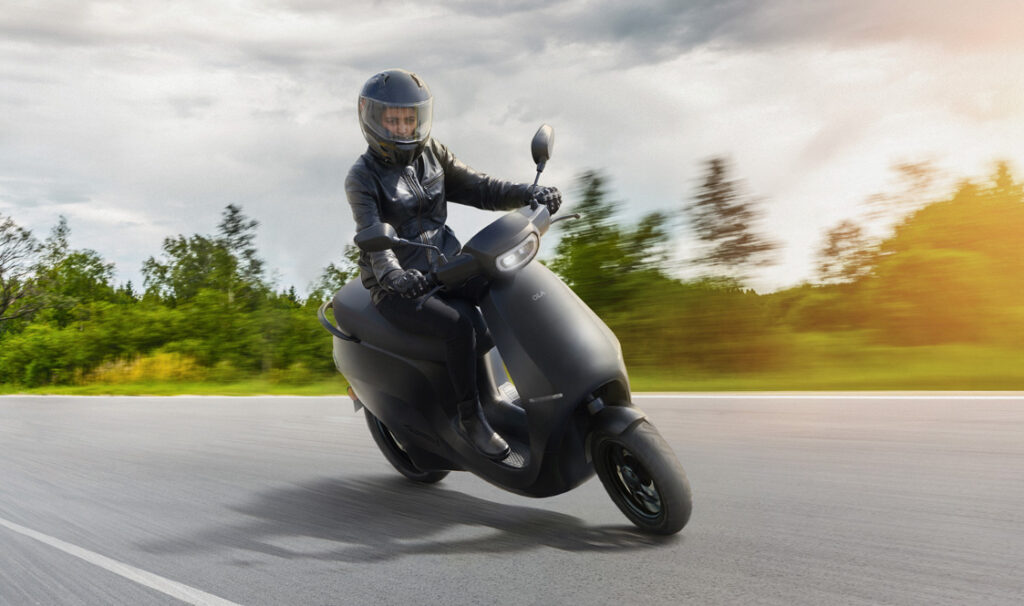
We can tell that Ola is making big bets in the EV space by looking at social media handles and press articles. We know the stakes are high when we see their investments in manufacturing in Tamil Nadu. The EV market is only going to grow.
The Ola scooter has received a lot of attention. Still, we would like to point out a detail conveniently overlooked by its designers. The Indian scooter market is driven by value. The footboard [between the feet] is commonly used for hauling cargo when riding a scooter.
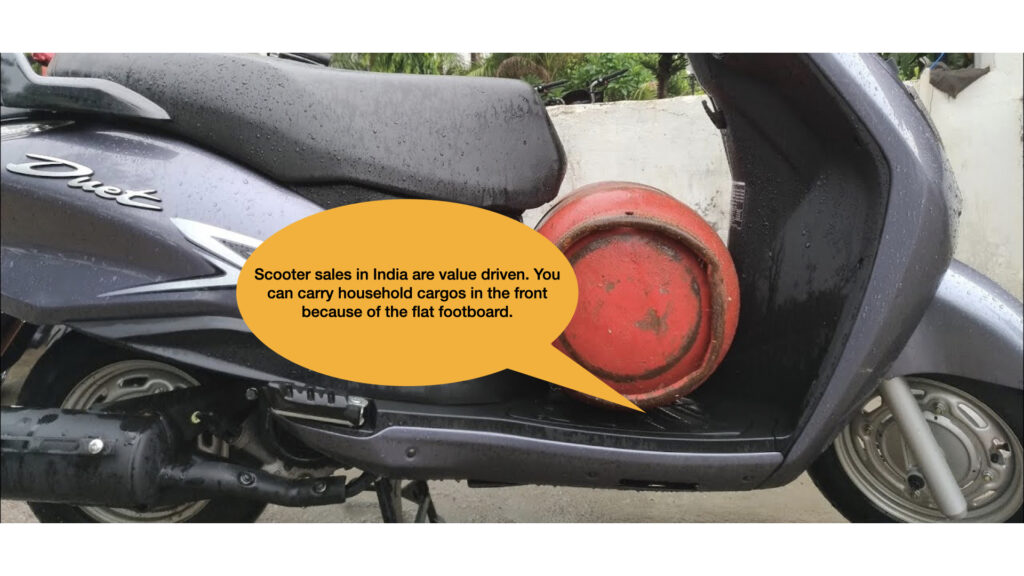
Ola-S1 has a raised center on its footboard. As a result, a rugged cargo would toggle when placed on the Ola-S1’s footboard.
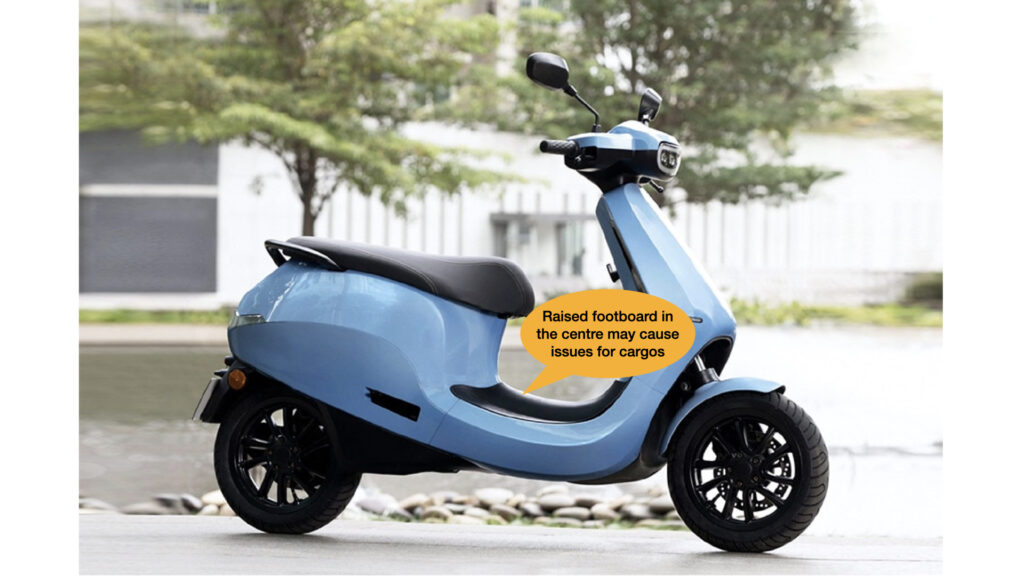
Ola acquired ‘Etergo’ in May 2020, a Dutch electric scooter company. A curved battery is hidden under Etergo’s ‘AppScooter’ floorboard to increase cargo space.
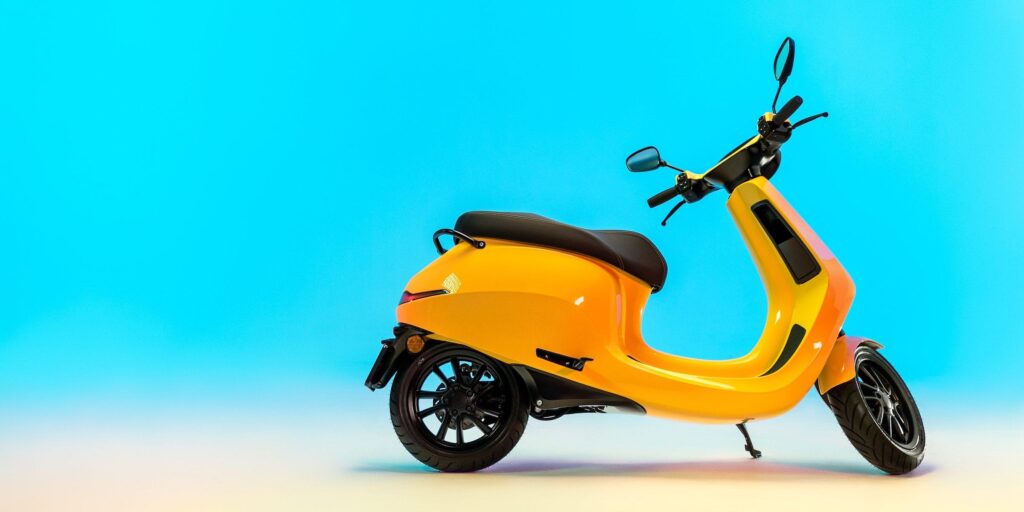
The OLA-S1 is a rebranded version of Etergo’s “App Scooter,” designed for the European market. A curved battery runs through the footboard. However, their design team should have adapted it to fit Indian needs.
Consumers in India have faced similar problems in the past. Take Volkswagen cars, for example.
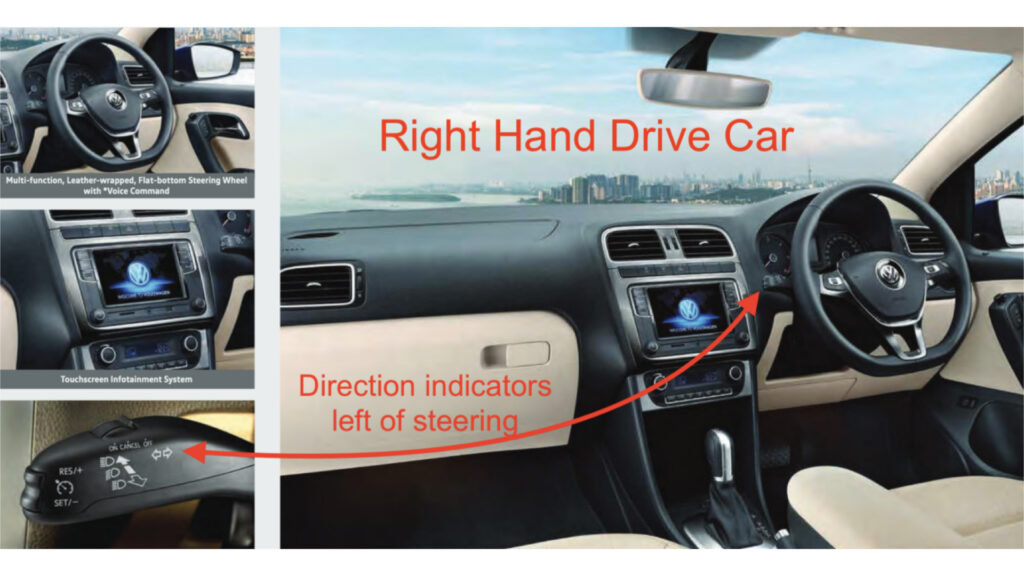
Volkswagen’s turn signals (direction indicators) are located on the left side of the steering wheel. It was designed for the American/German market [with left-hand driving]. However, they continued to sell it in a market that follows right-hand driving. Why? Because it was cheaper not to modify.
Despite the design flaw, we are glad that Ola-Electric is going native. We hope that Ola’s design team can correct this for future updates.
